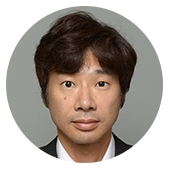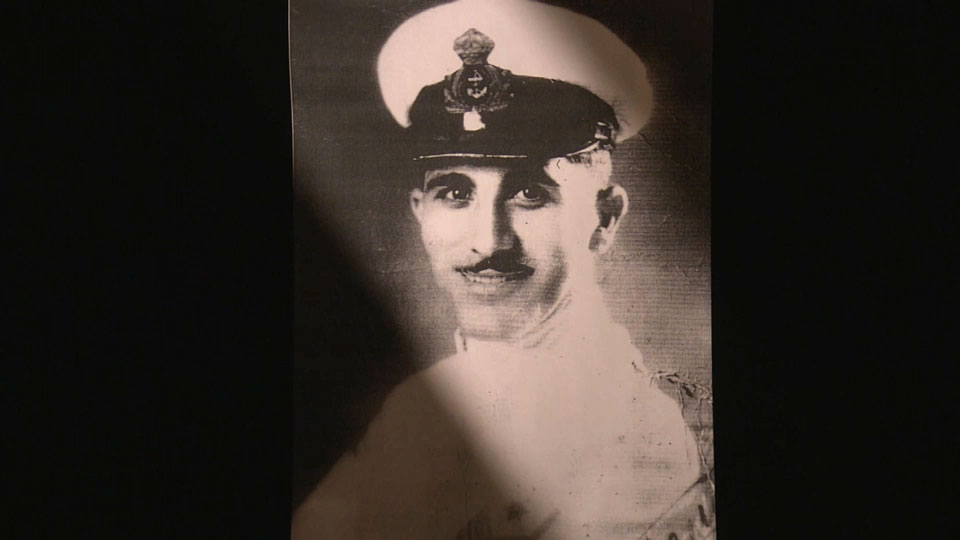
Antonio Cancemi was serving in the Italian Navy, which was fighting with Japan at the start of the war. But on 8th September, 1943, Italy surrendered to the Allies and instantly became an enemy of Japan. Italian nationals, including Cancemi, were rounded up and detained.
Antonio's son Giacomo now lives in Tokyo running a long-established Italian restaurant. He says his father always bore the scars of his wartime experiences.
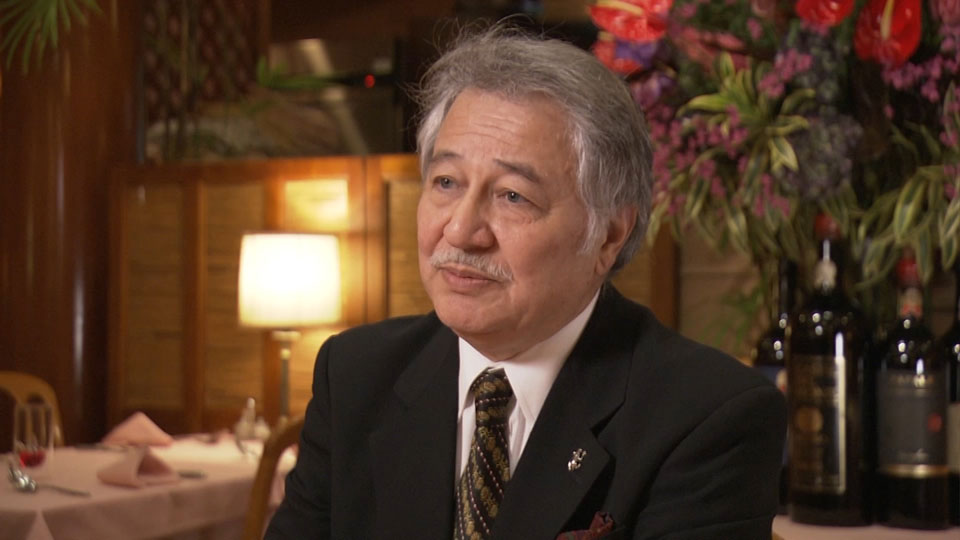
“He enjoyed talking, but when the topic of war came up, he always fell silent. I often hear that people who’ve experienced war will scream at night as though they’re having a nightmare. For example, if someone phoned for him... when I tried to wake him up, he’d jump out of bed," he says.
Relation of Japan and Italy
Giacomo says his father was a crewmember on the auxiliary cruiser Calitea that was conducting joint operations with Japan. Italy surrendered to the Allies and declared war on Germany while the Calitea was anchored in Kobe harbor.
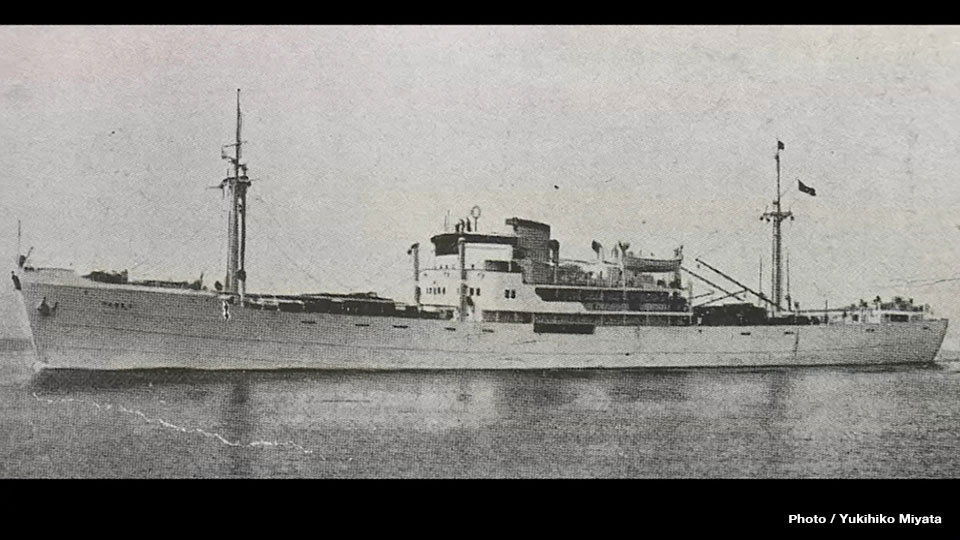
All 121 Italian crew members onboard were suddenly deemed enemies of Japan and taken to a prisoner of war camp near Kobe.
The POW Research Network Japan has been collecting material and testimonies about the facility. The site is now a residential area, but the nearby steel mill casts a shadow linking the past to the present.
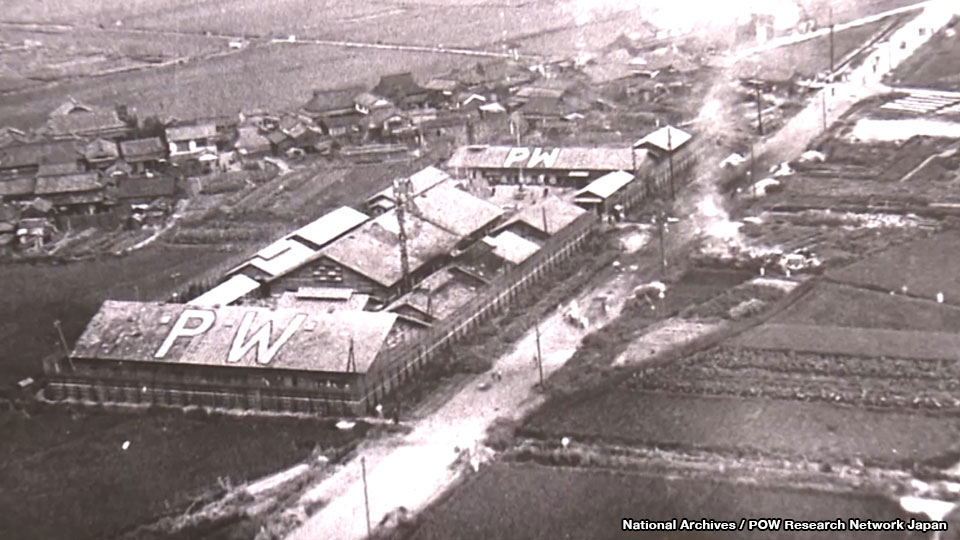
The prisoner's testimonies indicate they were forced to perform manual labor at the mill, such as loading and unloading coal and clearing up the iron shavings produced in the steelmaking process.
The camp held more than 600 POWs who were forced to walk four kilometers each day to the steel mill, where the worked from 7 a.m. until 5 p.m.
One Italian prisoner of war wrote about the living conditions.
"I am starving. I eat weeds I find on my way to the steel mill, and take scraps from the garbage, like orange peel and cucumber skins."
Human experimentation

Notes taken after the war by the occupying forces include the horrific story of Lieutenant Ernesto Saxida, an officer from the Calitea. He was taken to a POW hospital in Tokyo suffering from beriberi and cirrhosis of the liver. He became a human guinea pig.
A military doctor injected him with soy milk. He went into a coma with severe and repeated vomiting, and died about 48 hours later.
That doctor was later convicted of war crimes and sentenced to death.
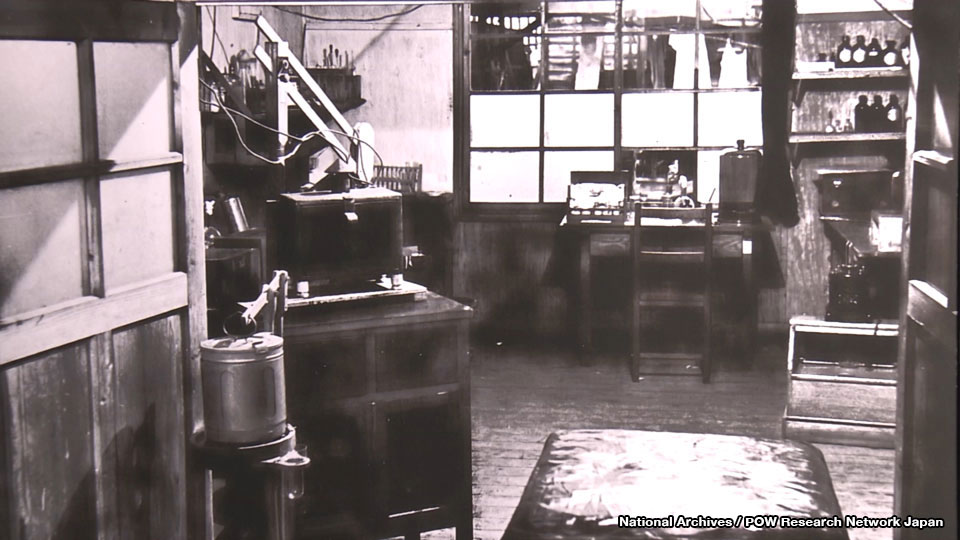
Civilians caught
Italian civilians also found themselves caught up in the turmoil. A photograph from a magazine issued by the Japanese government in 1941 shows three girls -- one from each of the three Axis countries, Japan, Italy and Germany -- enjoying themselves at New Year. The photo series was aimed at promoting the close ties between the countries.
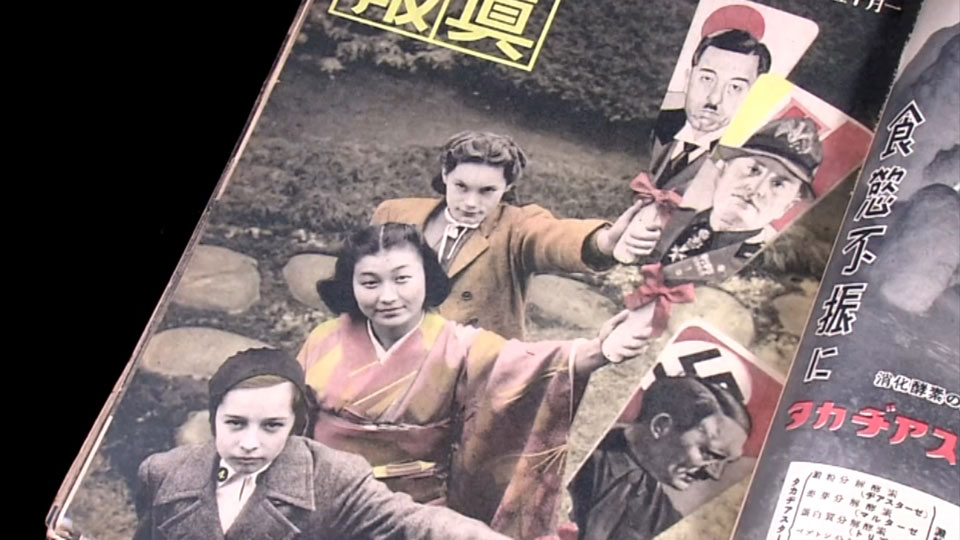
The Italian girl was the daughter of a diplomat, and she was later detained along with more than 40 Italian consular officials and their families. They were sent more than 500 kilometers north, to the mountains of Akita Prefecture. They were crammed into a church, sleeping on bare floorboards.
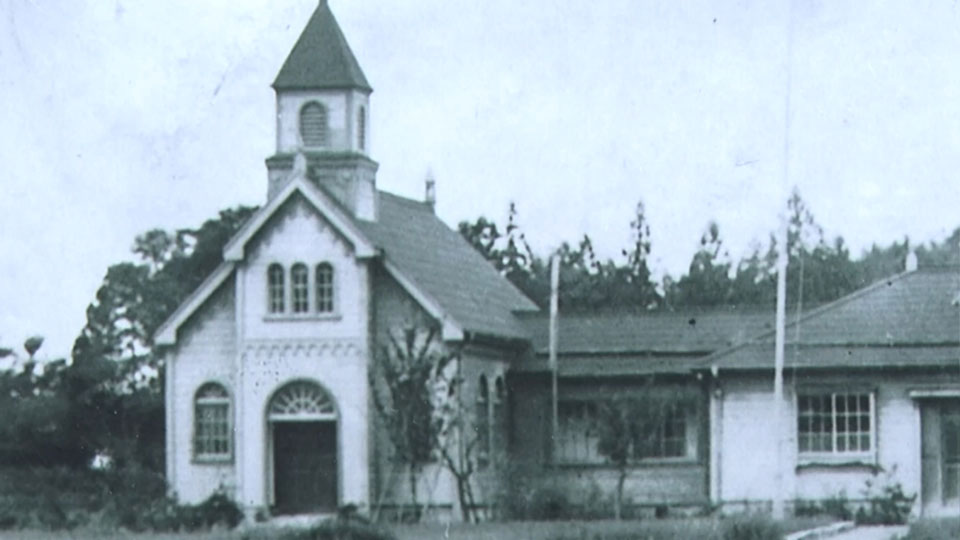
Mayumi Komiya of POW Research Network Japan says the lack of facilities must have made it intolerable.
“Diplomats, ambassadors and their wives, as well as high-ranking military attaches, suddenly had to face a life of starvation with no bathtubs. I think that constitutes abuse, even if they weren’t beaten,” she says.
More than 10 percent of the POWs and foreign detainees died in captivity, including some who thought they were allies of Japan, but found themselves suddenly cast as enemies.

